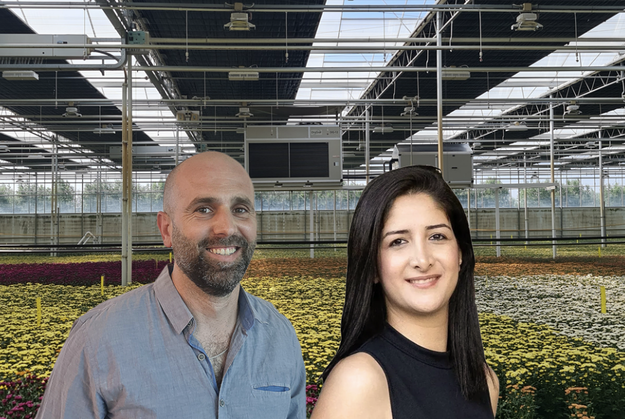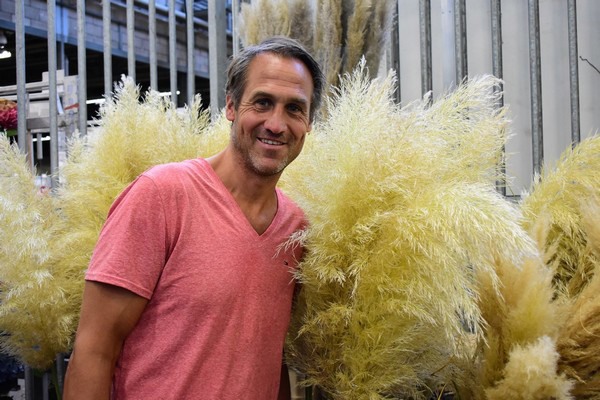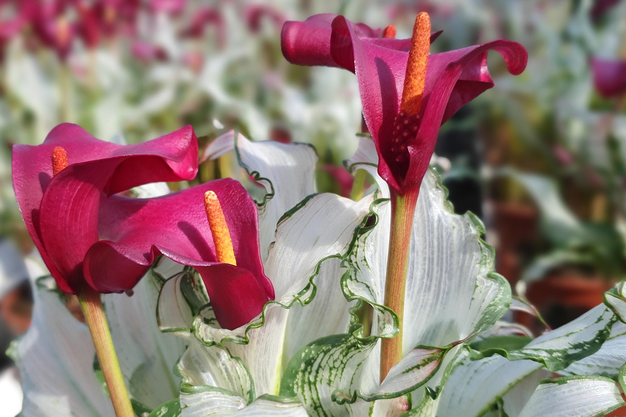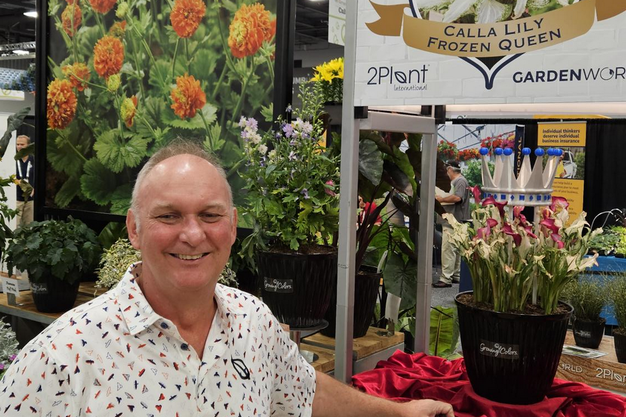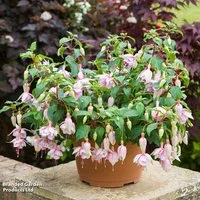Greenhouse
growers
expect
that
extreme
weather
will
have
negative
consequences.
They
have
been
acting
on
these
expectations,
and
will
continue
to
do
so.
Most
of
the
experienced
consequences
of
extreme
weather
are
indirect.
It
negatively
affects
water
supplies,
as
well
as
crop
quality
and
yield
due
to
drought
and
pest
damage.
According
to
the
report
‘Klimaatadaptatie
in
de
land-
en
tuinbouw’
(Climate
adaptation
in
agriculture
and
horticulture)
by
the
Dutch
Ministry
of
Agriculture,
Fisheries,
Food
Security
and
Nature,
greenhouse
growers
often
believe
that
they
already
know
what
to
do.
According
to
this
report,
Greenhouse
growers
have
a
negative
attitude
towards
the
future.
Seven
in
ten
horticulture
entrepreneurs
increasingly
experience
extreme
weather
in
the
Netherlands.
Over
a
third,
horticulture
entrepreneurs
also
experience
negative
consequences
of
extreme
weather.
For
instance,
financial
consequences,
and
consequences
for
their
working
methods.
More
than
half
(57%)
expect
(more)
negative
consequences
for
their
business
in
the
future.
Greenhouse
growers
are
progressive
with
climate-adaptive
measures
Two
in
five
(44%)
greenhouse
growers
find
that
there
are
more
disadvantages
than
advantages
of
increasing
extreme
weather
and/or
salinization.
Consequently,
the
majority
of
greenhouse
growers
(about
70%)
have
already
taken
climate-adaptive
measures;
52%
of
them
did
so
in
the
past
five
years,
the
others
did
so
longer
ago.
Another
half
(49%)
of
them
plans
to
take
(more)
measures
in
the
next
five
years.
Greenhouse
growers
experience
the
indirect
consequences
of
extreme
weather
Interviews
with
greenhouse
growers
show
that
they
experience
extreme
weather
differently
than
other
groups
of
growers.
Namely,
their
crops
do
not
suffer
directly
from
the
effects
of
extreme
weather.
They
are
not
directly
exposed
to
drought
or,
on
the
contrary,
swampy
land.
However,
there
are
indirect
consequences.
When
greenhouse
growers
who
mainly
see
disadvantages
are
asked
what
disadvantages
they
see,
the
most
common
ones
are
a
lower
quality
of
their
harvestable
product
(36%),
and
less
crop
yield
due
to
drought
(28%)
and
pest
damage
(30%).
From
the
interviews,
they
also
appear
to
increasingly
perceive
water
supply
as
a
challenge
due
to
soil
dehydration
and
regulations
regarding
drainage
and
sprinkling.
In
addition,
the
heat
also
brings
several
disadvantages:
extra
costs
because
it
takes
a
lot
of
energy
to
keep
greenhouses
at
the
right
temperature,
but
also
heat
stress
to
crops
that
are
damaged
as
a
result.
Greenhouse
growers
take
other
measures
Strategies
that
focus
on
water
(storing
water
underground
and
above
ground
–
41%;
reducing
water
consumption
–
29%)
and
crop
protection
(reducing
susceptibility
to
pests
–
38%;
protecting
vulnerable
crops
–
21%)
are
particularly
useful
for
greenhouse
growers.
Although
these
are
also
strategies
that
are
useful
for
entrepreneurs
in
open
cultivation,
greenhouse
growers
(are
forced
to)
take
very
different
measures.
The
vast
majority
of
the
measures
presented
proved
not
to
be
applicable
to
greenhouse
growers.
When
it
comes
to
the
applicable
measures
(such
as
integrated
crop
protection
and
the
use
of
water
basins),
their
costs
tend
to
be
an
obstacle.
Greenhouse
growers
think
it
is
too
expensive
(37%)
or
that
it
costs
more
than
it
yields
(24%).
Greenhouse
growers
rely
mainly
on
their
own
abilities
and
those
of
colleagues
Half
of
greenhouse
horticulturists
trust
their
own
ability
to
cope
with
the
consequences
of
extreme
weather
conditions
and/or
salinization.
They
say
they
know
enough,
and
that
they
know
what
to
do.
Moreover,
the
greenhouse
growers
also
appear
to
trust
their
colleagues.
They
use
their
own
network
or
rely
on
trade
journals
to
obtain
information.
The
government
plays
a
limited
role
in
this.
Greenhouse
grower
seldomly
(2%)
attend
information
meetings,
training
courses
or
webinars
from
the
central
government.
It’s
still
unclear
whether
this
is
due
to
a
lack
of
supply,
or
that
the
existing
supply
does
not
sufficiently
meet
the
needs
of
greenhouse
growers.
For
this
qualitative
study,
two
front-runners
in
the
horticulture
sector
were
interviewed.
Source:
Dutch
Ministry
of
Agriculture,
Fisheries,
Food
Security
and
Nature
(in
Dutch)


